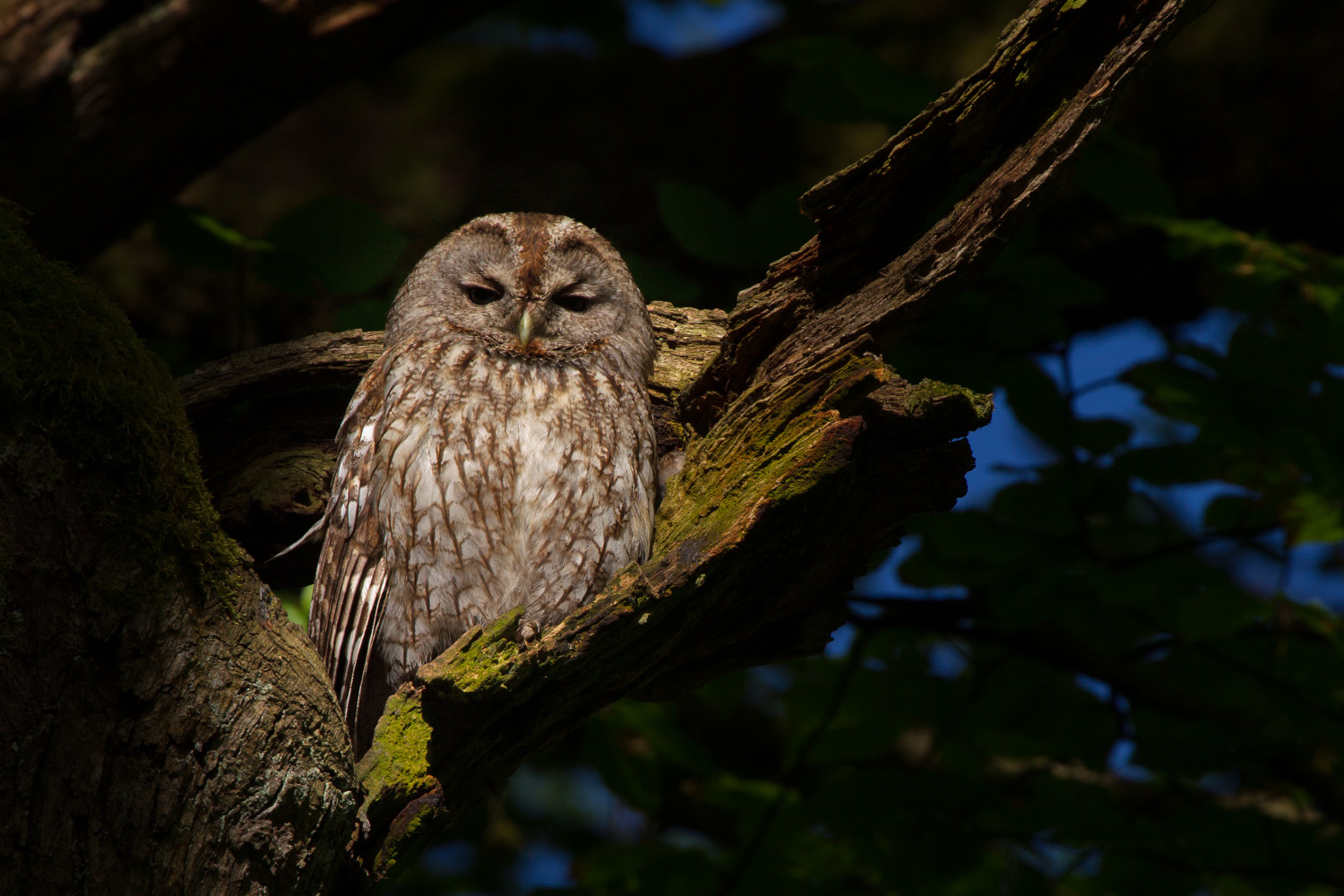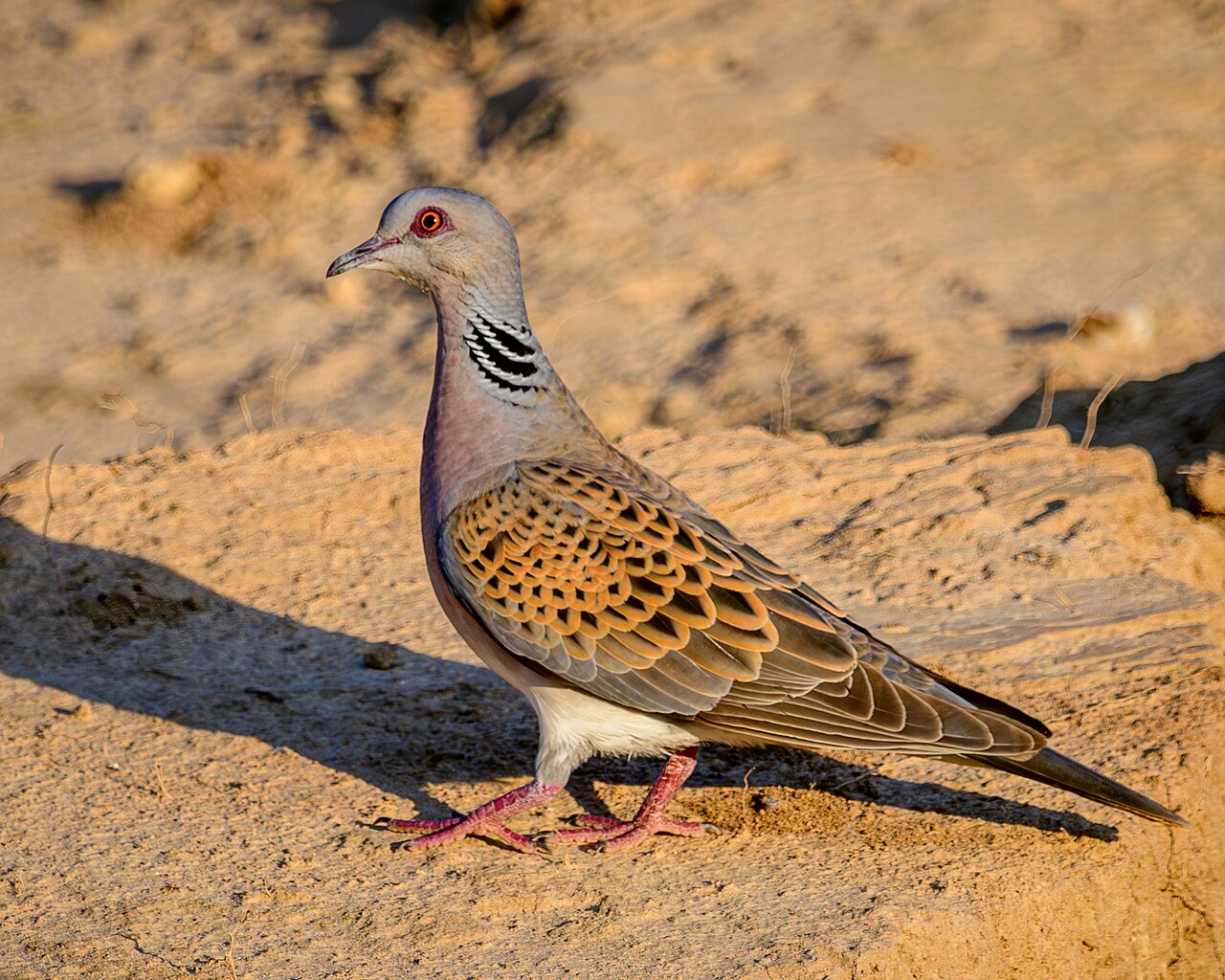The eagle that doesn't get wet
- Fish swim near the surface of the water. Something approaches the water, flying: an eagle approaches, its claws lengthens forward and! It's been completely immersed in the water. After the catch of the fish, the eagle has pulled its head out of the water, but the fish heads towards the bottom with force: the eagle also has to shake the wings vigorously if it wants to get out of the water and fly. It has come out flying thanks to the muscular fins with the fish that has just fished between the claws. Of course, we talk about the fishing eagle (Pandion haliaetus).

Fishing eagle (Pandion haliaetus)
GROUP: Vertebrate/Bird.
SIZE: Peak to tail 53-66 cm. South length 147-174 cm.
WHERE DO YOU LIVE? In different types of wetlands, both in freshwater lakes and on the coast.
What do you eat? Fish.
LEVEL OF PROTECTION Protected in Europe.
It is the only species of eagle that is immersed in fishing waters. It is relatively easy to distinguish, as the upper body pen is dark brown and the lower white. It also has a white head, except for the face of the eye, which is dark, it looks like it's wearing a mask. Eyes are eye-catching, yellow. But how is it possible to fly after you dive into the water, when you're wet? It’s thanks to an oily gland, the eagle cleans its feathers and makes them impermeable, so its feathers don’t get so wet and still have the chance to fly. It also has a membrane that closes the holes in the nose.
There is a single breeding pair in the Southern Basque Country, in the Urdaibai Biosphere Reserve, which is consolidated as a result of the program of reintroduction of the species started in 2013. Therefore, in the summer we can see this couple, but during migration we can see more individuals. Most fishing eagles begin their migratory journey in the fall, with tropical Africa as a destination. Adults visit Africa every year in the fall and spring reach the north, while young people spend their first two years in Africa.
The nests are produced near the bodies of water that contain a large number of fish, although sometimes these are several kilometres from the fishing zone. The nests are very large, about a meter in diameter and about 200 kg. They're so large that they're normally built in rocks or big trees and used for several years. They have no problem using artificial structures, so placing artificial platforms in environments with little chance of nesting can be a good idea.
The main causes of the regression suffered by this type of eagle were the hunting and deterioration of the nests. There are currently other risks: the transformation and destruction of habitats, the contamination by organochlorine pesticides and mercury discharges or the deterioration of nests. The potential threats when breeding are related to the problems it may have in the nest environment: shellfish, fishing and water sport, for example. Migration, in addition to a long journey, becomes a danger due to factors such as shock with wind turbines, electrocutions or poaching. And finally, one problem that can prevent the implantation of new couples in our territory is the lack of natural space for nesting. In the latter case, artificial platforms can be installed.



















